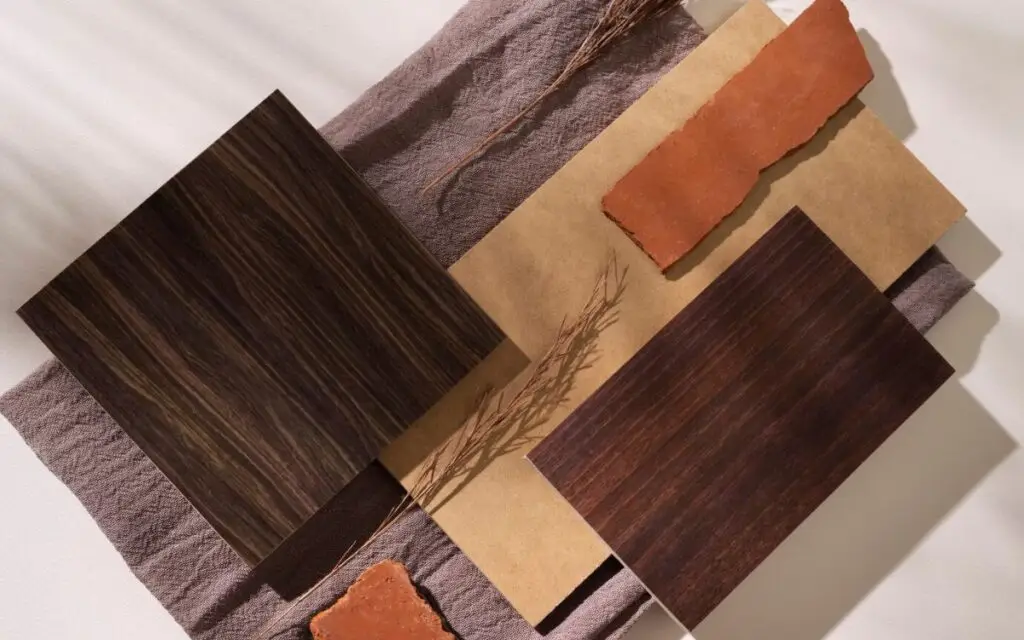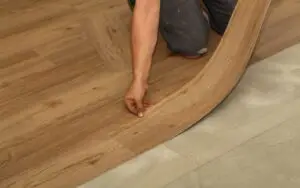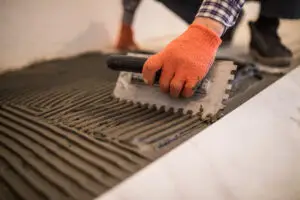What Is Vinyl Plank Flooring?
Benefits of Vinyl Plank Flooring
Vinyl plank flooring is a versatile, durable option known for its resistance to water, ease of maintenance, and affordability. It mimics the look of natural wood or stone while being easier to install and care for, making it a top choice for both residential and commercial spaces.
Do You Need Underlayment for Vinyl Plank Flooring?
Types of Vinyl Plank Flooring
- Floating Vinyl Planks: These planks use a click-lock system and may require underlayment for added comfort, soundproofing, or to address minor subfloor imperfections.
- Glue-Down Vinyl Planks: Installed directly on the subfloor, these planks typically do not require additional underlayment but may benefit from a moisture barrier in damp areas.
When Underlayment Is Required
- Uneven Subfloors: Underlayment helps smooth out minor imperfections in the subfloor.
- Soundproofing Needs: Additional padding reduces noise, especially in multi-level homes.
- Thermal Insulation: Underlayment provides extra warmth in colder climates.
When You Don’t Need Underlayment
- Pre-Attached Padding: Many vinyl planks come with built-in underlayment, eliminating the need for a separate layer.
- Flat and Smooth Subfloors: If the subfloor is clean, level, and dry, additional underlayment may not be necessary.
Preparing Your Subfloor for Vinyl Plank Flooring
Subfloor Types and Requirements
- Concrete: Must be dry, smooth, and clean, often requiring a moisture barrier.
- Plywood: Provides a stable, even base; loose boards should be secured.
- Existing Flooring: Vinyl planks can often be installed over tile, laminate, or hardwood if the surface is even and stable.
Moisture Barriers for Vinyl Plank Flooring
A moisture barrier is essential for installations over concrete or in moisture-prone areas such as basements and bathrooms. It prevents water vapor from damaging the vinyl planks over time.
Choosing the Right Underlayment
Types of Underlayment for Vinyl Flooring
- Foam: Provides cushioning and soundproofing.
- Cork: Excellent for noise reduction and thermal insulation.
- Combo Underlayment: Offers a mix of cushioning and moisture resistance.
Factors to Consider When Selecting Underlayment
- Flooring Type Compatibility: Ensure it’s suitable for your specific vinyl planks.
- Thickness: A thinner underlayment is better for vinyl planks to avoid compromising the locking mechanism.
- Room Needs: Prioritize insulation or soundproofing based on the space.
Installation Tips for Vinyl Plank Flooring
Proper Tools and Materials
You’ll need:
- Utility knife, measuring tape, and straight edge.
- Moisture barrier or underlayment (if required).
- Spacers and a tapping block for proper alignment.
Step-by-Step Installation Guide
- Prepare the Subfloor: Clean and level the surface; address any moisture concerns.
- Lay Underlayment or Barrier: Install the appropriate layer based on the subfloor and room requirements.
- Install Vinyl Planks: Begin in one corner, aligning and locking planks together while leaving expansion gaps near walls.
- Trim Planks as Needed: Use a utility knife for precision cuts around edges and fixtures.
Common Installation Mistakes to Avoid
Neglecting Subfloor Preparation
An uneven or dirty subfloor can lead to gaps, creaks, or unstable planks.
Using Incompatible Underlayment
Improper materials may affect the stability or longevity of the flooring.
Skipping Moisture Protection
Omitting a moisture barrier in damp areas can result in mold, warping, or other damage.
DIY vs Professional Installation
Pros and Cons of DIY Installation
- Pros: Cost savings, control over the project, and personal satisfaction.
- Cons: Lack of experience can lead to errors such as uneven planks, incorrect cuts, or skipped steps.
Why Professional Installation May Be Best
Professional installers bring expertise, ensuring proper subfloor preparation, precision placement, and long-lasting results. Their experience is invaluable for complex layouts, large spaces, or challenging areas like stairs.
Ready to transform your space with stunning vinyl plank flooring? Contact a professional installer today for expert advice and seamless results!
FAQs & Answers
Underlayment serves multiple functions depending on the specific needs of your floor and subfloor. It can provide cushioning for added comfort, reduce noise by dampening sound, and act as a thermal insulator. Some underlayments also include moisture barriers to protect the flooring from dampness, especially when installed over concrete.
Yes, vinyl plank flooring can be installed directly on concrete. However, a moisture barrier is often recommended to prevent moisture from seeping through the concrete and damaging the planks. The subfloor must also be clean, level, and smooth to ensure a successful installation.
Not necessarily. Many modern vinyl planks come with pre-attached underlayment, making additional padding unnecessary. However, if your subfloor is uneven, noisy, or lacks insulation, an extra layer of underlayment might be required for better results. Always check the manufacturer’s recommendations for your flooring type.
A subfloor should be clean, dry, level, and free of any debris. For uneven subfloors, you may need to use a leveling compound before installing the flooring. Moisture testing is also important, especially for concrete subfloors, to ensure there’s no excessive dampness that could harm the flooring.
A moisture barrier is highly recommended when installing vinyl planks over concrete or in areas prone to moisture, such as basements, bathrooms, or kitchens. This barrier prevents water vapor from affecting the flooring, reducing the risk of mold and damage over time.
The most suitable underlayment types for vinyl plank flooring include foam or cork, as they provide soundproofing and thermal insulation. However, the choice depends on the specific requirements of the space, such as sound reduction in multi-level homes or moisture resistance in damp areas. Ensure the underlayment is thin enough to maintain the flooring’s stability.
Installing vinyl plank flooring on an uneven surface can lead to several issues. The planks may not lock together properly, resulting in gaps, creaks, or a bumpy finish. Over time, this can cause premature wear and tear, leading to costly repairs or the need for reinstallation. It’s essential to level the subfloor before installation.
In many cases, vinyl plank flooring can be installed over existing floors such as tile, laminate, or hardwood, as long as the surface is even and stable. However, soft surfaces like carpet should be removed, as they don’t provide the necessary support. Always check for height clearance and manufacturer guidelines.
Professional installation ensures that your subfloor is properly prepared, the planks are laid evenly, and all edges are secured. Experts can also handle challenging areas like stairs or uneven floors. While DIY may save on upfront costs, hiring a professional reduces the risk of mistakes and guarantees a long-lasting finish.





